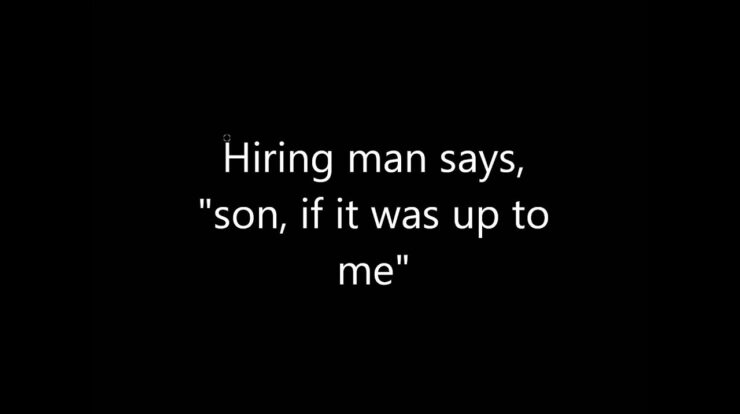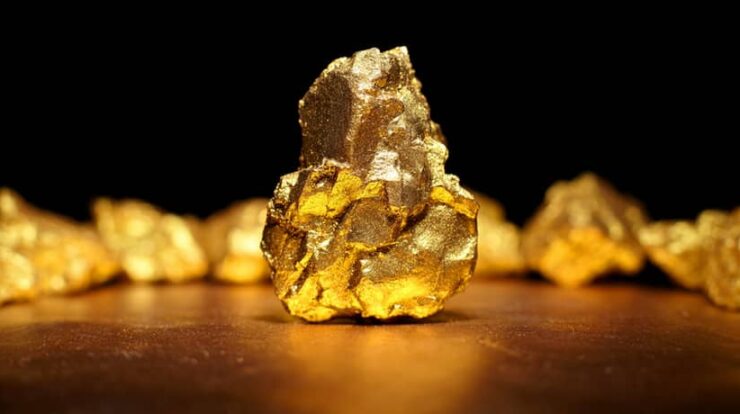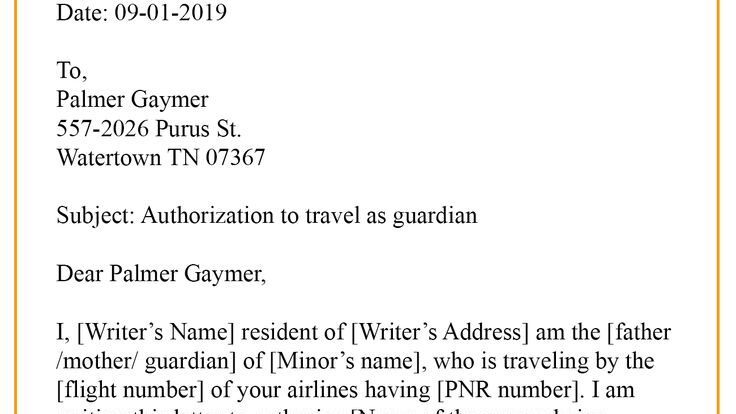
What Does AIB Stand for in Asbestos?
Asbestos, a naturally occurring mineral known for its heat resistance and durability, has been widely used in various industries for decades. However, due to its proven health risks, many countries have banned or regulated its use. In the realm of asbestos, the term “AIB” often comes up in discussions. So, what does AIB stand for in asbestos? Let’s delve into this topic to understand its significance and implications.
The Meaning of AIB
AIB stands for “Asbestos Insulating Board.” It is a type of construction material that was commonly used in the past for insulation, partition walls, ceilings, and fire protection. AIB typically consists of asbestos fibers mixed with cement, making it a cost-effective and fire-resistant material for various applications in buildings.
Characteristics of AIB
Asbestos Insulating Board has several key characteristics that made it a popular choice in construction during the mid-20th century. Its properties include excellent thermal insulation, sound insulation, fire resistance, and high durability. These qualities, coupled with its affordability, made AIB a go-to material for builders and developers.
Health Risks Associated with AIB
While AIB offered numerous benefits in construction, it also posed significant health risks due to the presence of asbestos fibers. When AIB is damaged, cut, or drilled, it can release asbestos fibers into the air. Inhalation of these fibers can lead to serious health issues, including lung cancer, mesothelioma, and asbestosis.
Regulations and Bans
Recognizing the dangers of asbestos exposure, many countries have implemented strict regulations regarding the use and handling of asbestos-containing materials like AIB. Some countries have even banned the use of asbestos entirely, while others have guidelines in place to manage and mitigate the risks associated with asbestos-containing materials.
Handling AIB Safely
If you suspect that your property contains AIB or other asbestos-containing materials, it is crucial to handle them with care. Disturbing or removing AIB improperly can release harmful asbestos fibers into the air, endangering your health and the health of others. It is highly recommended to hire certified professionals for asbestos testing, removal, and disposal to ensure safety and compliance with regulations.
FAQs
Q: Is AIB still used in construction today?
A: In many countries, the use of AIB and other asbestos-containing materials is banned or strictly regulated. However, older buildings constructed before asbestos regulations may still contain AIB.
Q: How can I identify AIB in my property?
A: Asbestos-containing materials like AIB are not always easy to identify visually. It is best to have a professional asbestos inspector conduct a thorough inspection and testing to determine the presence of AIB or other asbestos materials.
Conclusion
Understanding what AIB stands for in asbestos sheds light on the historical use of asbestos in construction and the associated health risks. Asbestos Insulating Board, once a common building material, is now recognized for the dangers it poses due to asbestos exposure. Proper handling and management of asbestos-containing materials like AIB are essential to safeguard health and prevent asbestos-related diseases.

Source Image: rics.org

Source Image: acorn-as.com
Why Do I Need to Re-Inspect Asbestos – Marpal Asbestos experienced removals of low density, high risk AIB. AIB – also known by the trade name, ‘Asbestolux’ – was produced between the 1950s and 1980s as an inexpensive fire and heat resistant insulator for the building and construction industry. The asbestos fibres were not bound in a cement matrix (as was asbestos cement sheeting







